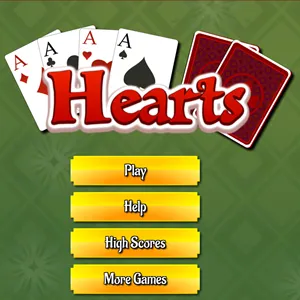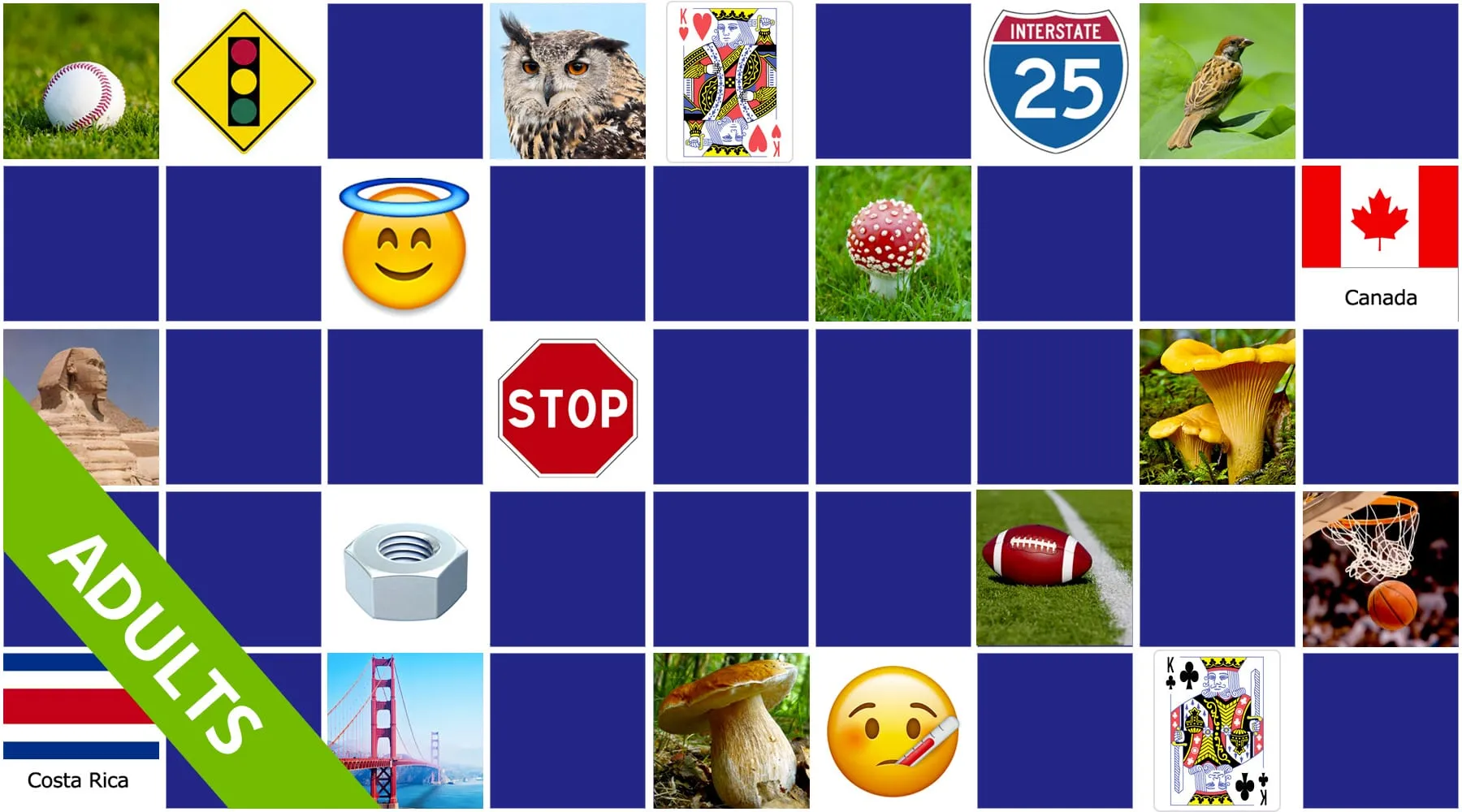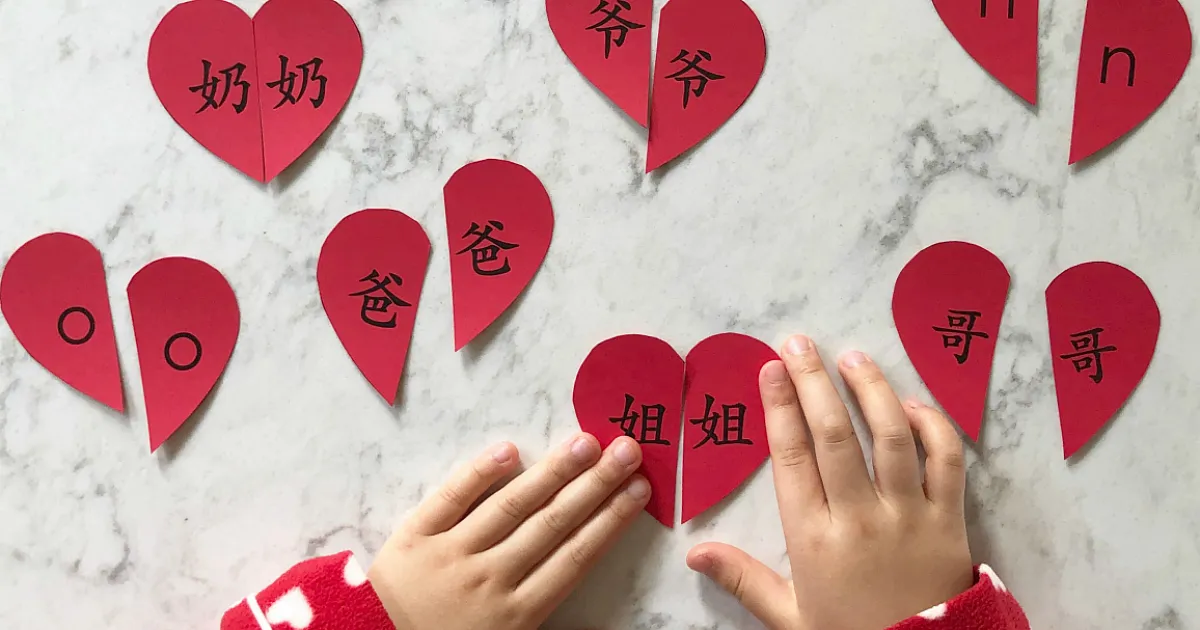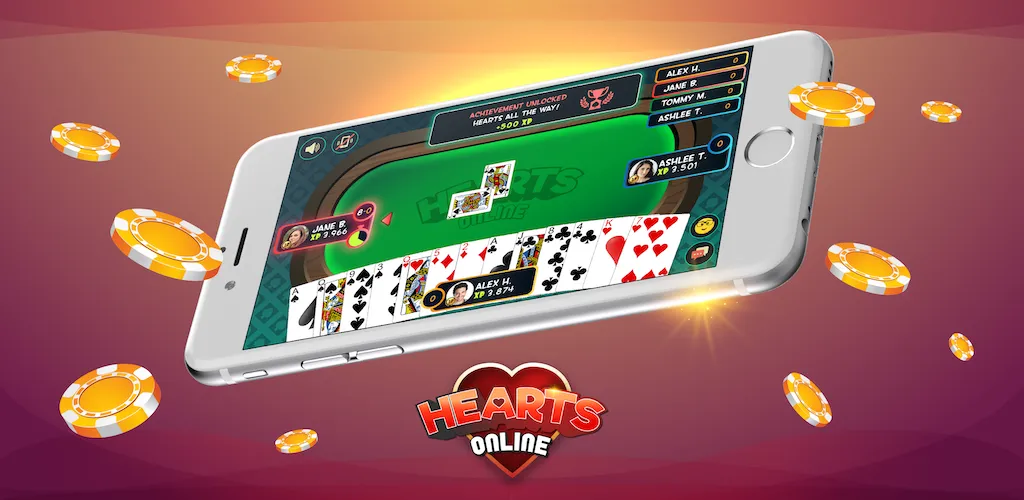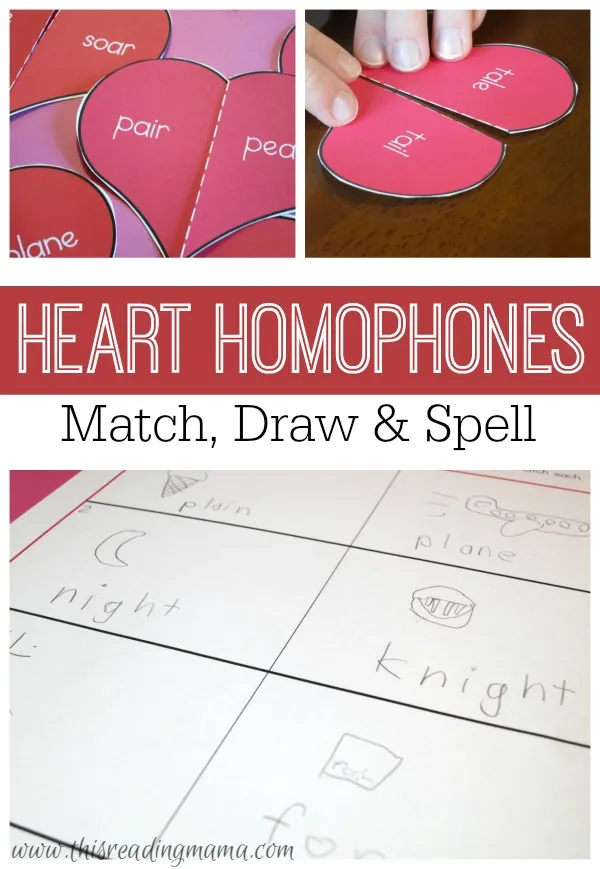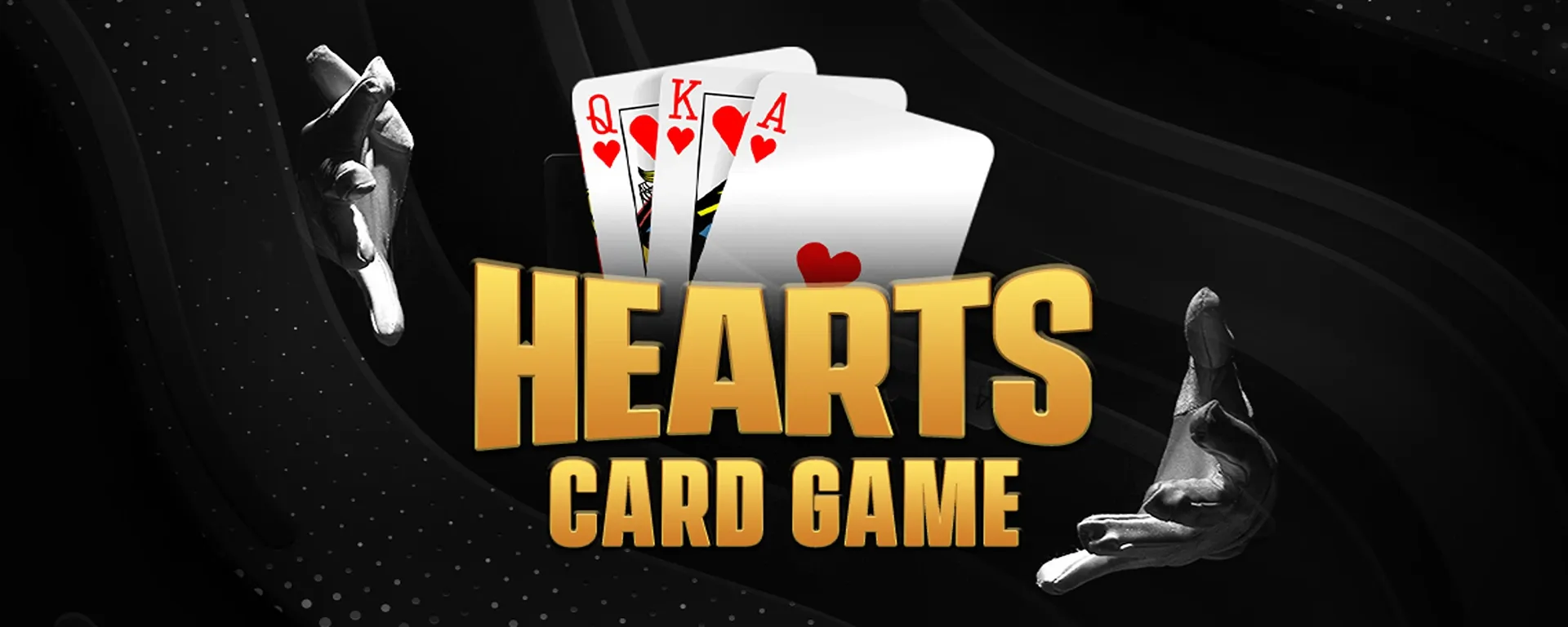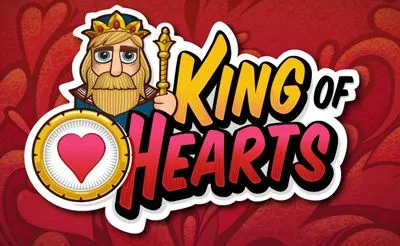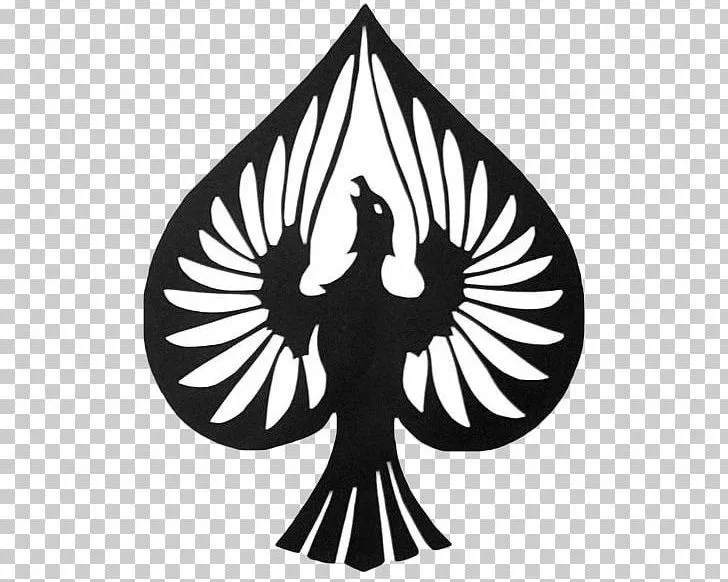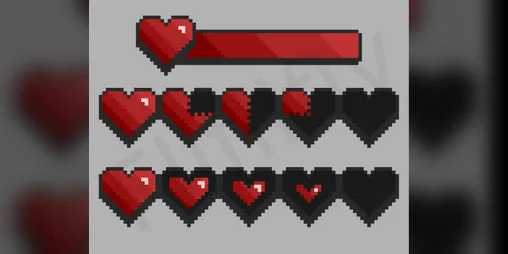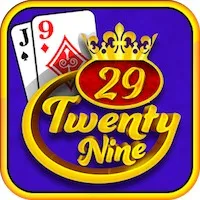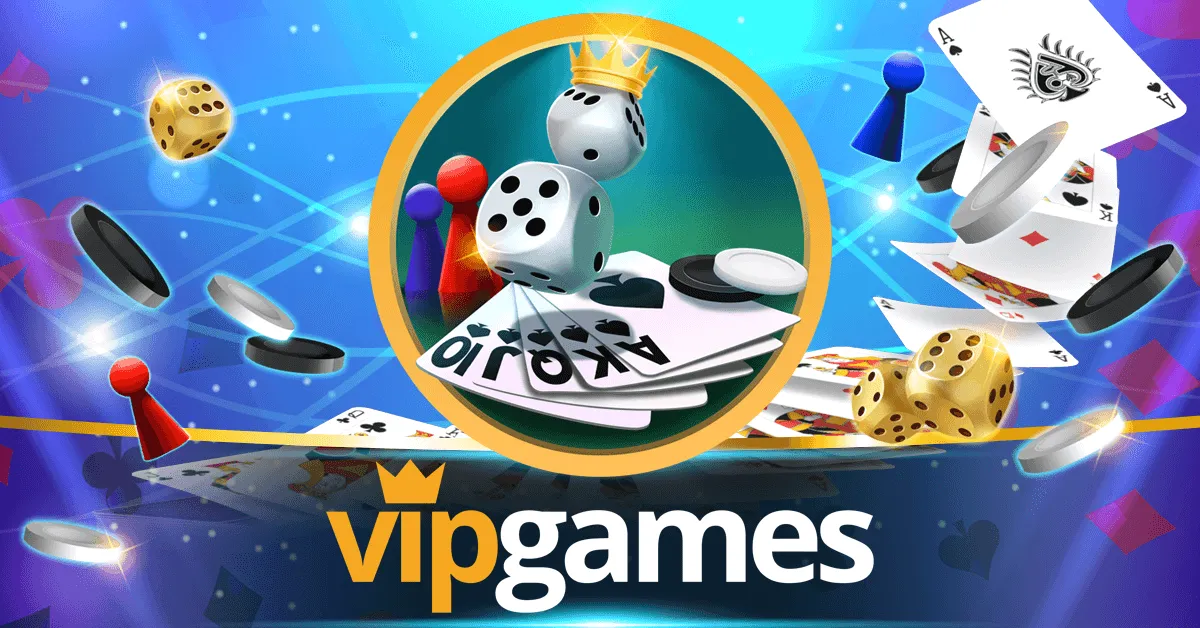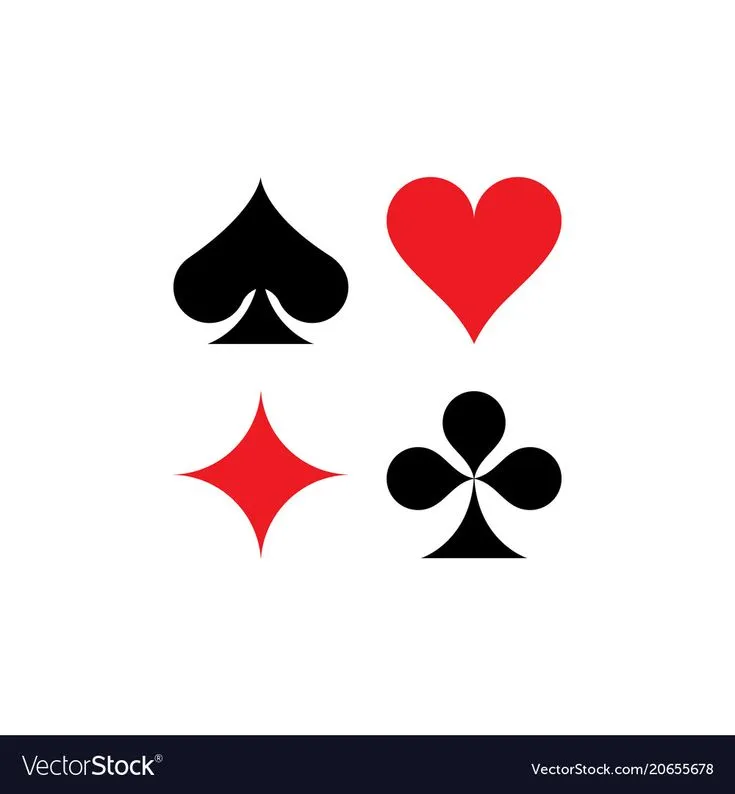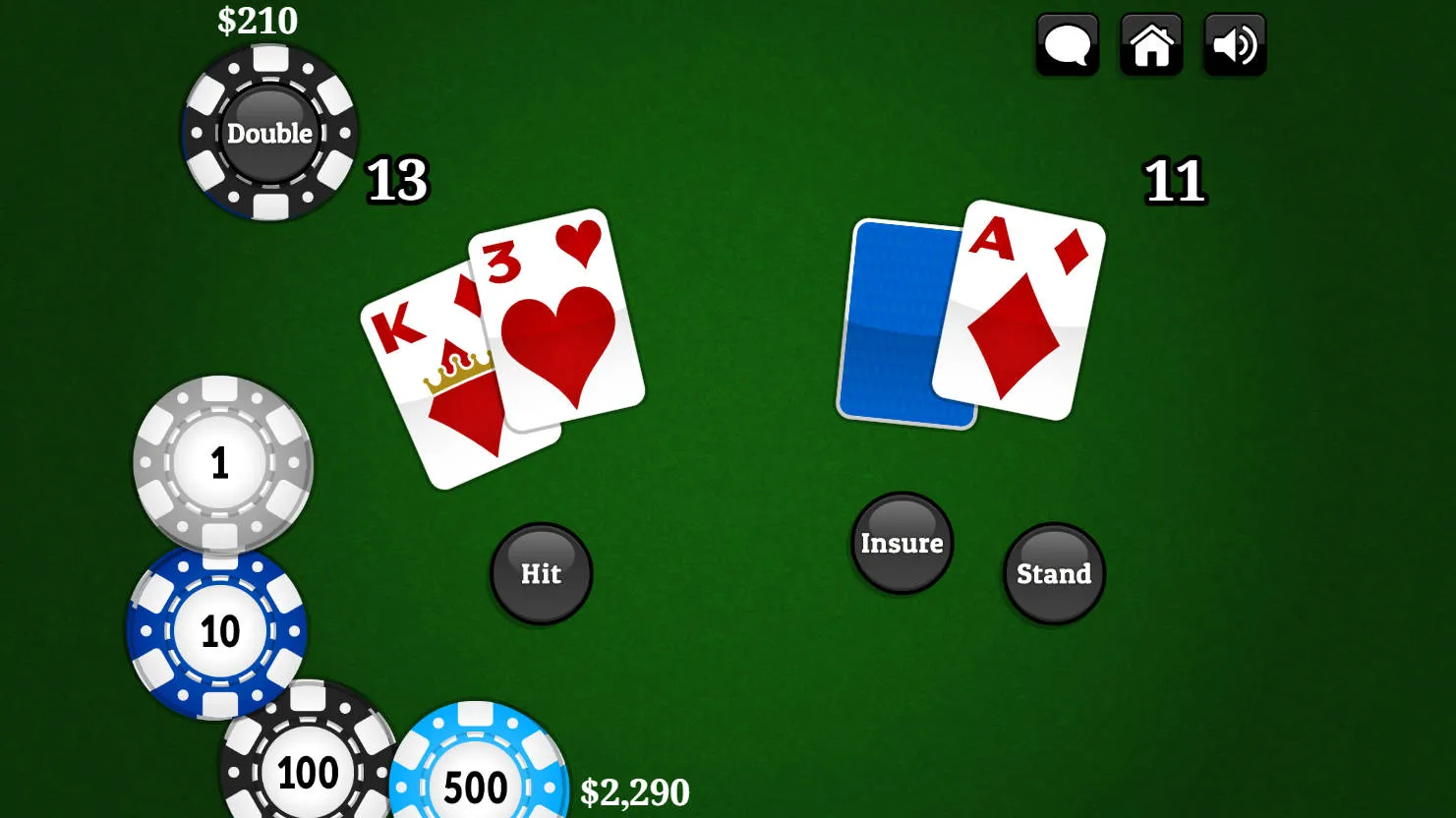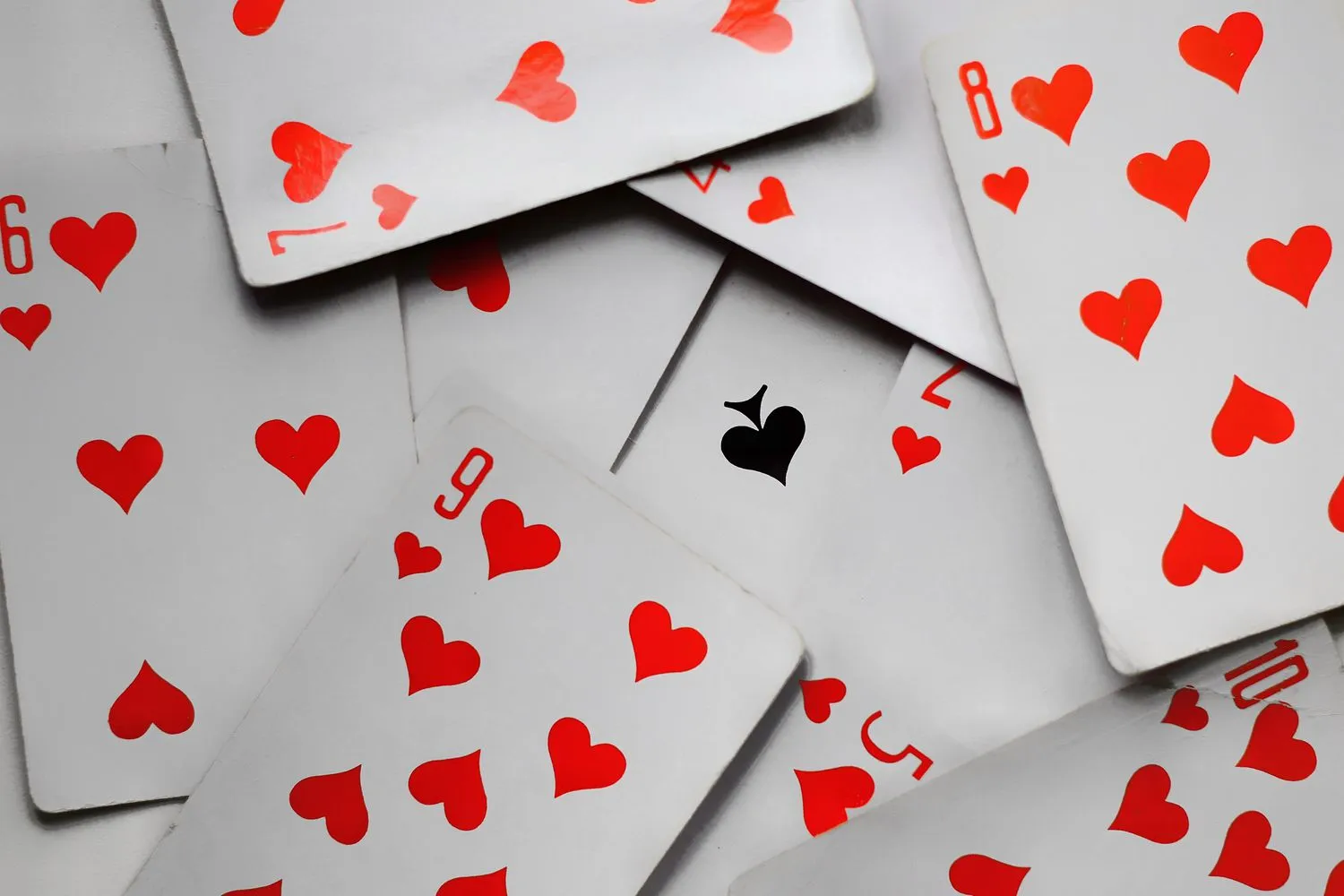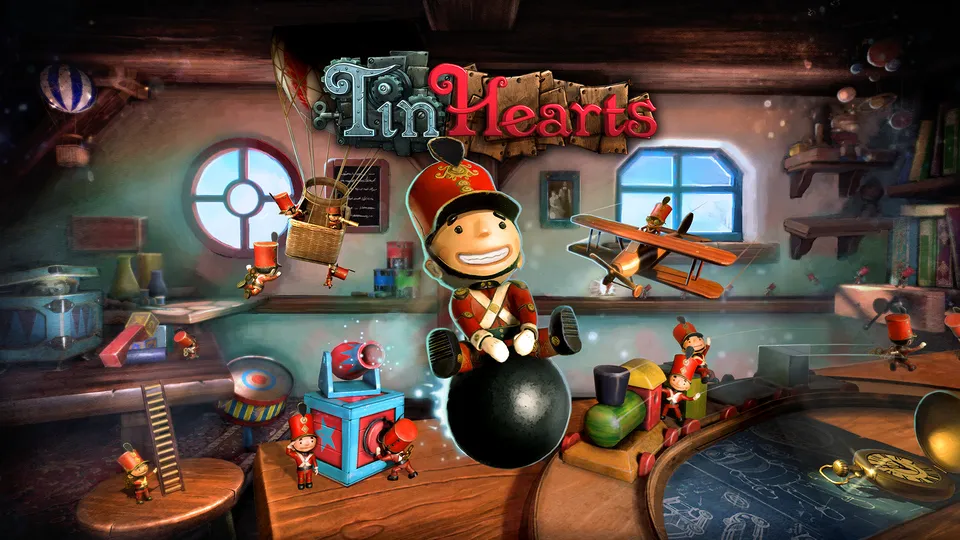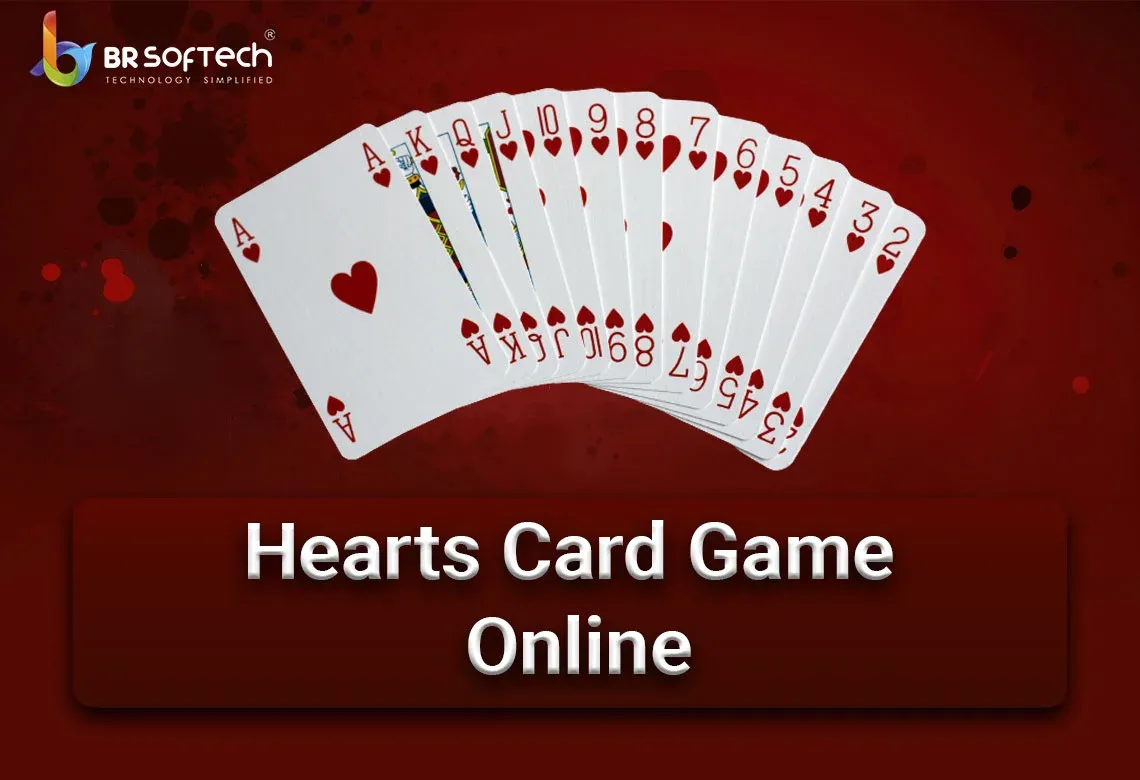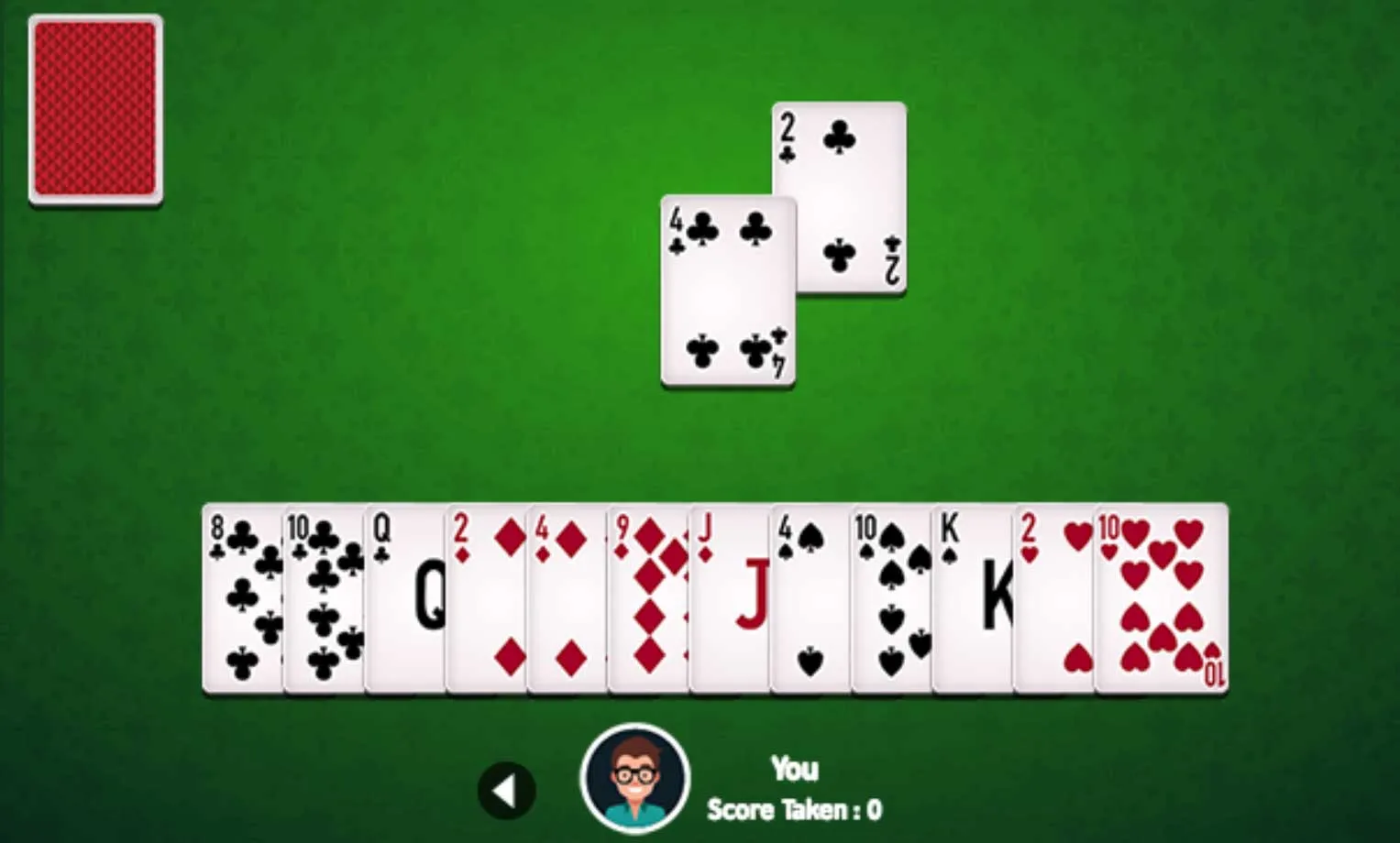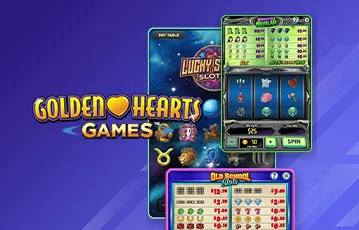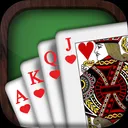How to Play Hearts Hearts Card Game Rules & Instructions

Ultimate guide to hearts! Everything you need to play the hearts card game. Hearts rules, step-by-step instructions, and how to win. You are here:Home1/Card Games2/How to Play Hearts Card Game Hearts is a classic “trick taking” card game where players try to avoid collecting points. Hearts is typically played with 4 players, with each player playing for themselves (not a team score). The blend of simplicity and strategy make it a fun game for all ages 8 and up.
Objective
To have the lowest score at the end of the game.
Number of Players
Usually 4, but it’s also possible to play with 3-5 players.
What you need / Equipment
Standard 52 card deck of playing cards .
Age
The recommended age for hearts is 8 and up. This is when most kids start grasping some of the strategic aspects of the game.
Game length
A 4-player game of hearts to 100 points takes about 30 minutes and is made up of multiple rounds called “hands.” Each hand (completing 13 tricks) only takes about 3-5 minutes. Games will move faster with more experienced players.
Skills
- Social Skills: Players interact with other players during the game, follow rules, take turns, and learn sportsmanship..
- Strategy: Hearts is a game of strategy that requires determining and initial strategy, adjusting strategies, and assessing risk. Smart decisions on what cards to pass, when to play certain cards, and which strategies to implement impact the outcome of the game.
- Memory: Players who remember which suits and ranks of cards have a huge advantage over other players.
- Reading opponents: Understanding how your opponent is playing and adjusting your strategy is important. You gain knowledge of their potential strategies during the initial card pass, as well as how they play cards during play.
Why we like hearts for kids and families
The game of hearts finds a nice balance between simplicity and strategy. Kids can get started young, but build skills to become better players over time. Hearts is absolutely a game you can get good at. And making the right strategic decisions with the hands you’re dealt impacts the outcome.
1: Gather 4 players and a deck of playing cards
All you need to play a standard game of hearts is 4 players and a 52-card deck of playing cards. There are modifications to the game that allow for 3-6 players (see variations below), but hearts is at its best with 4 players.
2: Deal 13 cards to each of the 4 players
Since order isn’t determined by position, it doesn’t matter who deals. Shuffle the deck, then deal all 52 cards face-down to all the players. Like most games, when dealing hearts you should start by dealing one to the left of the dealer, clockwise, one at a time. Each player will have 13 cards when the deal is complete.
3: Play the first hand
A “hand” in hearts is the playing of all 52 cards that were dealt out (13 to each player). Within each hand, there are 13 rounds called “tricks” that are made up of each player playing one card in the round. A hand is played as follows:
3A: Pass 3 cards
Each player will evaluate the cards they were dealt, then choose to pass 3 of their cards, face down, to their opponent on the left (note: passing directions rotate in subsequent hands). A player’s initial strategy is formed when deciding what to pass, but is also immediately impacted by the cards that were passed to them. Players may not look at the cards that were passed to them until they have already passed their cards.
3B: Play the first card of the first trick
The two of clubs is always the “leading” card and suit, so whoever has it plays it to start the first trick.
3C: Continue and complete the trick
After the 2 of clubs is played, play continues clockwise until all four players have each played a card. Whoever has the highest rank of the leading suit (in this case clubs) takes the trick and stacks the cards in front of them. In hearts, Twos are the lowest card rank and Aces is the highest card rank. There are three important rules here:
- If a player has a card that matches the lead suit, they must play it.
- In the first trick, if a player doesn’t have a club, they can “slough” (or play a card of another suit) but it can only be any non-point-scoring card (anything but hearts and the queen of spades). In subsequent rounds, any card can be played during a slough.
- The “lead suit” always outranks any other suits played on it. So if the first hand was: 2 of clubs, queen of diamond, 9 of diamonds, 8 of clubs… the 8 of clubs takes the hand because it is the highest card in the lead suit.
3D: Play the next trick
The player that took the previous trick goes first in the next trick. They can lead with any card except for hearts, which first needs to be “broken.” Play continues clockwise again, following the same general rules as the first trick with two exceptions. If a player doesn’t have a card of the same suit as the lead card, in addition to to be able to “slough” or play non-scoring cards, they also play scoring cards:
- The queen of spades
- Any heart (and hearts will then be broken)
3E: Continue play until all 13 tricks have been played
Play continues the same way as the second trick. However, once the first heart has been played, hearts are “broken,” and players can then lead with hearts.
3F: Score the hand
Once all 13 tricks have been taken, players will count the points that they’ve taken. Point scoring is as follows:
- 1 point for each heart
- 13 points for queen of spades A player who is able to take all the point scoring cards (all 13 hearts and the queen of spades) has “shot the moon.” A player who shoots the moon scores zero points, and also sends 26 points to all three of their opponents!
4: Play the next hand
Players continue to play more hands in a similar fashion. To begin the next hand, reshuffle and deal the cards out following the same rules as the previous hand. Follow the same rules and process as the first hand, except that passing rotations change to pass right on the second hand. Passing rotations change every hand, and follow this pattern:
- Hand 1: Left
- Hand 2: Right
- Hand 3: Across
- Hand 4: No Passing
- Hands 5+: Repeat the 4 patterns above
5: Continue more hands until 100 points reached
Play continues until one player reaches an agreed upon total, which is usually 100 points. Once any player (or players) reach or exceed that point total, the game is over.
6: Declare a the winner, who has the lowest
Once any player has reached or exceeded 100 points, all players tally their scores and the player with the lowest score wins!
Hearts Card Game Video Tutorial
General play rules
- The highest card rank of the lead suit takes the trick. The lead suit trumps cards of any other suit.
- The player who takes a trick leads the next trick
- Players must “follow suit” (i.e. play the same suit) of the lead card, if they have it. If they don’t have a card in that suit, they can “slough” (i.e. play) any other suit (except in the first trick where they can only play non-point-scoring cards).
- Players cannot lead with a heart until hearts are broken.
Point value and scoring rules
- Twos are low and Aces are high in hearts.
- Each heart is worth one point and the queen of spades is worth 13 points.
Passing cards rules
- Players pass 3 cards to an opponent at the beginning of a hand as follows: to the left on hand 1, right on hand 2, across on hand 3, and none on hand 4. The pattern repeats on subsequent hands.
- A player must pass their cards before looking at the cards passed to them.
Opening trick rules
- The 2 of clubs is the lead card and then play continues clockwise.
- No points can be played in the opening trick. That means no hearts and no queen of spades on the first trick. So if a player doesn’t have any clubs, they must play a spade other than the queen or any diamond. The one exception is if a player only has point scoring cards (which is extremely rare), in which case they play any of the cards in their hand (hearts or Queen of Spades).
Breaking hearts rules
- Hearts can be broken in any trick except the first. When a player doesn’t have a card that matches the lead suit they “slough” a heart to break hearts. Once hearts are broken, players can lead with hearts.
- Playing the Queen of Spades does not break hearts. Also, hearts do not need to be broken to play the Queen of Spades.
- Exception: If the player only has hearts in their hand, they can lead with a heart before hearts are broken. This will break hearts and other players can lead with hearts in any future tricks in the hand. The goal of hearts is to take the fewest points compared to all your opponents. You do that by both:
- Avoiding earning points on tricks you take, and conversely, making opponents take points.
- Not allowing opponents to shoot the moon and give you 26 points. Here are some videos to help And here are some of the strategies we try to follow:
Strategies before the first trick is played
- Evaluate the cards you’re dealt and determine your base strategy. The ability to pass 3 cards at the start of the game lets you lay the foundation of your strategy. Based on what you’re dealt, you may decide to pass high cards, keep or pass the Queen of Spades, or try to create a short suit. Be able to identify a good hand and a bad hand and risks: For example, if you have a hand with lots of high cards, but not the highest, you’re going to take lots of points, but probably can’t shoot the moon.
- Be flexible to change strategies. Once you pass your 3 cards, you’ll also receive 3 cards. What you receive may support your initial strategy, or force you to pivot.
- Evaluate your spades and protect yourself from the Queen of Spades. Taking a trick with the Queen of Spades racks up 13 points and can wreck your hand. So you need strategies to set yourself up to avoid the Black Maria (another name for the Queen of Spades!). If you have three spades lower than the Queen, you’re generally safe regardless if you have her or not, or if you end up getting her on the pass. If you have the Queen, King, or Ace of spades and fewer than three lower spades, you should look to pass your high spades so you don’t get stuck taking the Queen when other players draw you out.
- Create short suit opportunities on the pass. When you’re out of a suit, you have a lot of control when sloughing cards. If you want to short suit clubs, don’t get to zero clubs since that reveals what you have and you can’t break hearts on the first trick; instead just get down to one club.. Generally, don’t short suit spades as that puts you at risk to take the queen (you may get passeds the queen, king, or ace and they are likely to eat it).
- Pass high cards. You may decide that passing a few high cards is better than short suiting a single suit. It makes sense to pass high cards from suits you have very few of that could get you stuck taking a trick with points. Note: If you have lots of hearts or lots of spades, it’s not as important to pass the high cards of that suit as have low options and won’t get stuck taking a trick.
- Prevent someone else from shooting the moon. Track who has taken points closely until two players have collected points and you don’t have to worry anymore. Also, watch how they’re playing. Are they playing to take tricks? Are they dumping low cards in an unusual way? You may want to hold onto a high heart (or other suit as well) until you’re sure. Also, if possible with your strategy, don’t pass the Ace of hearts and don’t play it on someone early. You’re better off saving it to kill an attempt at shooting the moon.
- Remember what a player passed you. When a player passes you their cards, pay attention and think through what their strategy is. Did they pass 3 of the same suit (trying to short that suit)? Did they pass high spades? Or a mix of high cards. These clues can help you with your game play and understanding what they hold, and what the other two players likely hold as well.
Strategies early in the hand
- Play low spades to draw out the Queen of Spades. If you have low spades, try to lead spades to draw out the Queen of Spades from another player. Avoid this strategy if you have few spades, or only high spades (Queen, King, or Ace).
- Play high cards early, if needed. If you’re short-suited with a high card in a suit and worried you might have to take points with it later, play it early. It comes with some risk, but the risk is lower early (especially since you have few cards in that suit, so others have more).
- Try to count a suit. It’s challenging to count all the suits, but you can likely keep track of one. Pick the one that’s important to you and try to count how many cards are left in that suit so you can use that to your advantage in later rounds.
- Leverage your short suit. If you have a short suit, this is your chance to dump your risky cards or to lay points on someone else. If you have control of the hand, play your short suit and try to get it down to zero. Be strategic! For example, if starting off I have two cards that are clubs (Ace and seven), I’m going to lead with the Ace to get control of the hand, then lead the seven in the next round to get down to zero clubs.
Strategies later in the hand
- Avoid leading the hand trick late in a hand. It’s easy to get stuck taking all of the remaining tricks when you’re down to the last few. You may need to take one, save your lowest, then play it to get out of leading.
Multi-hand, game strategies
- Adjust your strategies based on total score. Hearts is a multi-hand, total score based game. It’s not about winning an individual hand. You need the lowest score when any player hits 100 points. So you may want to dump points on low scoring players.
Strategies for shooting the moon
Shooting the moon deserves its own section since the strategies are essentially the opposite of normal game play. Here are some strategies for how to shoot the moon: 94. Only attempt shooting the moon with a good starting hand. 95. Know what weak points need to be overcome. Often, you’ll have a weak point like a single high heart that you need to capture to make shooting the moon. Or you may need to dump a few low cards on a sluff. Strategize to draw that card out or play certain cards. It’s the worst to 96. Don’t tip your strategy early. Don’t reveal that you’re trying to shoot the moon until you secure the cards you need (e.g. you’re trying to draw out the Ace of Hearts).
Number of players
Hearts is typically a 4-player game, but it can be played with 3-5 players. There are also adjustments that can be made for 2 or 6 players, but we don’t recommend them.
How to play hearts with 3 players | 3-player hearts rules
For 3 players, remove the 2 of diamonds and deal 17 cards to each player, placing the cards face-down on the table. Passing rotations: left, right, skip, repeat pattern.
How to play hearts with 5 players | 5-player hearts rules
For 5 players, remove the 2 of diamonds and the 2 of clubs, and continue to deal 10 cards to each player placing the cards face-down on the table. You still pass cards, but the pass rotation shifts to: left, right, second to the left, second to the right, hold, repeat. The 3 of clubs leads the first trick.
How to play hearts with 2 players | 2-player hearts rules
The core of the hearts game changes when you have fewer than 3 players. It shifts more to remembering which cards have been played. You know both your cards and your opponents cards. The optimal game strategy is almost entirely predetermined based on the cards you’re dealt (except for the two dead cards we’ll describe below).However, some people still do play 2-player hearts, with the following adjustments. Remove the 3s, 5s, 7s, 9s, Jacks, and Kings from all four suits. There will also be two additional “dead” cards removed from the deck at the start and end of the deal. Deal one “dead” card to a separate stack called the widow stack, then deal 13 cards to each of the two players, then deal one more “dead” card to a widow. The two missing cards will be unknown to each player. Play with the same rules as 4-player hearts, except for the removed cards, as well as shooting the moon being worth 20 points, instead of 26.
How to play hearts with 6 players | 6-player hearts rules
Hearts isn’t an ideal game for six players. Each player has so few cards, passing rotations are spread out, and the game becomes more about luck than strategy. But some people still do play it. For 6 players, remove the twos in all four suits, so that each player gets 8 cards. You can either skip the passing round, or have a giant rotation, as follows, that only gets completed once since there are only 8 rounds with this variation: left, right, second to the left, second to the right, across, hold, repeat. The 3 of clubs leads the first trick.
Other Common rule variations
- Players may lead with a heart if they only have scoring points in their hand. This is a slight variation that also includes the Queen of Spades into the breaking hearts exception. This prevents players being forced to play the Queen of Spades if they only have scoring points remaining. Instead, using this new breaking hearts exception, they can lead with a heart instead of the Queen of Spades. .
- If the lead player only has hearts, but hearts are not yet broken, they pass their lead to the left.
- A player who shoots the moon can elect to subtract points from their score instead of sending 26 points to their opponents if any opponent has 74 or more points. This removes the disincentive to shoot the moon later in the game.
- The Queen of spades breaks hearts.
- There is not a “no passing round.” Many tournaments use this, so the passing rotation is: left, right, across, repeat. This keeps the passing strategy part of every hand.
- Shooting the sun. This rare feat of taking all 13 tricks is a rule variation that gives the shooter zero points and all three opponents 39 points.
- Jack of hearts is a special card and the player who takes it subtracts 10 points from their point total.
- Lead: The first card played in a trick.
- Lead suit: The suit of the first card played in a trick.
- Following suit: Playing the same suit that the lead card is in.
- Hand: Playing all cards (13 tricks for 4 players).
- Trick: One “round” (4 cards played for 4 players).
- Shooting the moon: Taking all of the point scoring cars (all hearts and the queen of spades). Instead of taking 26 points, this special bonus gives the shooter zero points and all opponents 26 points.
- Sloughing: A legal move of playing a card of a different suit than the lead suit if the player doesn’t have any cards of that suit. Exceptions exist for the first trick.
- Breaking hearts: Playing a heart during a slough, at which points hearts can then be played as the lead suit.
What is the lowest card in a game of hearts?
A two is the lowest card in the game of hearts. Aces are high. Suits do not trump each other.
What is the Queen of Spades in Hearts?
The Queen of Spades, also knows as the Black Maria, is a specialty card in the game of hearts and is worth 13 points. It makes up half of the 26 total points in the game. Because of this, a large part of the hearts game strategies.
What are the hearts rules for the queen of spades?
The Queen of Spades has some special rules that apply to it: 117. It is worth 13 points against you it you take it and is the only scoring card that isn’t a heart 118. It cannot be played in the first trick 119. It must be taken, along with all 13 of the hearts, to shoot the moon Also, the Queen of Spades 121. Does not break hearts 122. Does not need hearts broken to play it
How many cards do you take out for Hearts?
In the standard, 4-player game of hearts, all 52 cards are used, so that no cards are removed other than the Jokers. Each player will receive 13 cards. In the 3-player variation, one card is removed (the 2 of diamonds), and 17 cards are dealt to each player. In the 5-player variation, two cards are removed (the 2 of diamonds and the 2 of clubs), then 10 cards are dealt to each player.
What are the hearts rules for passing cards?
In the standard, 4-player version of hearts, players pass 3 cards to an opponent at the start of each round, in the following pattern:
- To the left in round 1
- To the right in round 2
- Across in round 3
- To nobody in round 4 Repeat the pattern above for remaining hands.
What is the hearts rules for the jack of diamonds
The hearts rule for the jack of diamonds is a variation of the game where the jack of diamonds is a specialty card that reduces a player’s point total by ten when a player takes it in a trick. However, in the standard game of hearts, the jack of diamonds doesn’t have any special attributes.
- Board Games
- Card Games
- Classroom Games
- Family Fun and Games Blog
- Game Room Games
- Holiday Games
- Outdoor Games
- Party Games 1 Player2 Players3 Players4 Players5+ PlayersAction GamesAge: AllAge: Grade SchoolAge: PreschoolAge: ToddlerAge: Tweens and UpBall GamesBooksChance & LuckCreativeDiceDIYEducational GamesFamily Gamesfeelings and dealingsFree PrintablesGame NightGroup GamesGuessing GamesHand Eye CoordinationHunt GamesIcebreaker GamesIndoor GamesMath GamesMemory SkillsNewslettersPhysical SkillsPlayground GamesPress ReleasesSEL Gamessocial emotional learningSportsStrategyTabletop GamesTailgate GamesTeamsTherapy GamesTournamentWord Games 1 Player2 Players3 Players4 Players5+ PlayersAction GamesAge: AllAge: Grade SchoolAge: PreschoolAge: ToddlerAge: Tweens and UpBall GamesBooksChance & LuckCreativeDiceDIYEducational GamesFamily Gamesfeelings and dealingsFree PrintablesGame NightGroup GamesGuessing GamesHand Eye CoordinationHunt GamesIcebreaker GamesIndoor GamesMath GamesMemory SkillsNewslettersPhysical SkillsPlayground GamesPress ReleasesSEL Gamessocial emotional learningSportsStrategyTabletop GamesTailgate GamesTeamsTherapy GamesTournamentWord Games
This site only collects related articles. Viewing the original, please copy and open the following link:How to Play Hearts Hearts Card Game Rules & Instructions











